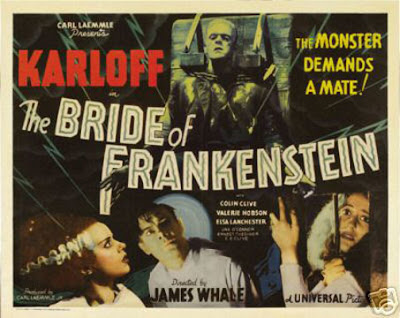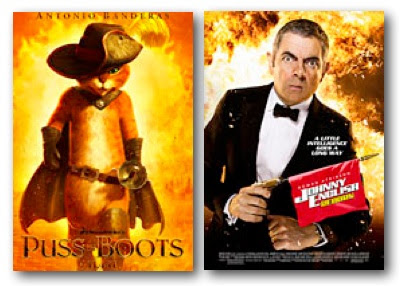Read the list! See the movie poster!

A few months back, I noticed there were lists making the way around the web that purported to be "The Greatest Movie Themelines Ever Written" -- actually, it seems to be more or less the same list everywhere. This list is pretty representative of the thinking. I'm not going to go through the choices movie by movie. But if you do, you'll see that most of the themelines chosen are are, at best, just clever wordplays, and at worst, too-clever-by-half puns. They may bring a smile to your face and they might even give you some idea of the subject matter. But by and large, most of these evoke no real desire to see the movie. And shouldn't that be the real yardstick by which you should judge the "greatest" themeline? It's not surprising that truly great themelines are few and far between. After all, it's not every day that someone comes up with "Just when you thought it was safe to go back in the water" or "In space, no one can h...


